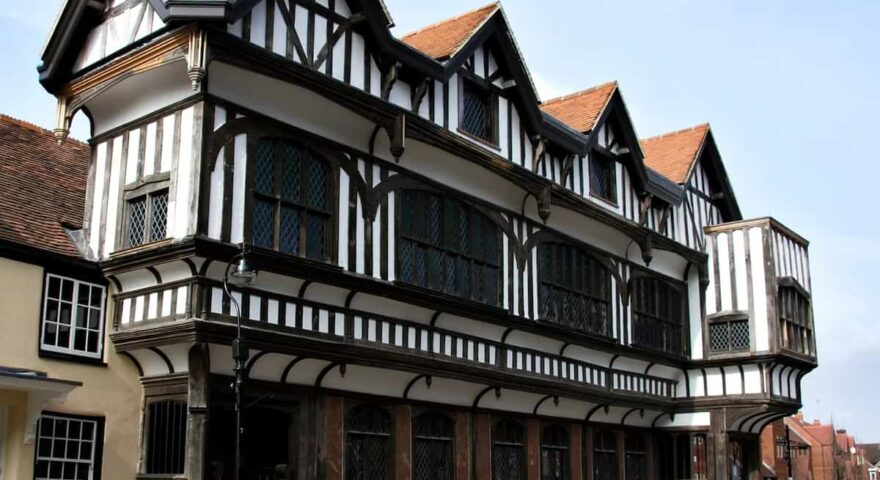The Role of Historic Building Surveys in Building a Sustainable Future

Historic building surveys stand at the intersection of preservation and sustainable development, and they represent a crucial tool in our journey toward a more sustainable future. As cities worldwide grapple with the challenges of preservation and environmental responsibility, these surveys have evolved from simple documentation exercises to comprehensive analyses that inform sustainable development decisions.
In an era where the construction industry accounts for a significant portion of global carbon emissions, the role of historic building surveys in promoting sustainable development has never been more critical. These surveys not only help preserve our architectural heritage but also provide essential guidance for creating a more sustainable built environment.
Preserving Cultural Heritage
Historic building surveys serve as the foundation for cultural heritage preservation, offering a detailed record of the building’s history. Through meticulous recording of period-specific features, these surveys capture the evolution of building techniques and styles that define different eras. Modern survey technologies, including 3D scanning and digital modelling, have revolutionised the documentation process, creating precise digital records that can inform restoration efforts and provide valuable insights for future generations.
Enhancing Energy Efficiency
Building surveys play a pivotal role in identifying opportunities for energy efficiency improvements in historic structures. Through sophisticated analysis methods like thermal imaging and air tightness testing, surveyors can pinpoint areas of energy loss and inefficiency. This detailed understanding allows for targeted retrofit strategies that respect the building’s historical significance while improving its environmental performance.
The integration of modern systems needs to be carefully planned to avoid compromising historical features while maximising efficiency gains. The challenge lies in balancing preservation requirements with energy performance improvements, often requiring innovative solutions that combine traditional building physics with modern energy management systems. Surveys help identify appropriate locations for new systems and guide the selection of compatible technologies.
Social Impact
Historic building surveys contribute significantly to maintaining and enhancing community identity through careful documentation and analysis of neighbourhood character. They assess how historic structures contribute to the visual and social fabric of their surroundings, informing decisions about preservation and adaptation that maintain community cohesion.
The social value assessment component examines how buildings serve their communities and how they might better meet contemporary needs while preserving their historical significance. This approach ensures that historic buildings remain relevant and valuable to their communities while maintaining their cultural significance.
Influencing Policy Decisions
Surveys play a pivotal role in shaping policy decisions, offering detailed and reliable data about culturally and historically significant sites. This information serves as a crucial resource for planners and policymakers, ensuring that the preservation of cultural heritage is a key consideration during the decision-making process.
By integrating data into urban planning, infrastructure development and land use policies, these surveys help balance progress with preservation, fostering a harmonious relationship between modernisation and cultural conservation.
The Future of Heritage Surveys
Innovative survey methods are redefining the future of historic surveys. Cutting-edge technologies like LiDAR, drones, and 3D scanning are transforming how heritage sites are recorded and safeguarded, facilitating the collection of precise and comprehensive data, which is crucial for successful preservation initiatives.
Sustainability is now also a key priority in contemporary historic surveys. This includes adopting eco-conscious materials and methods, as well as promoting the adaptive reuse of historical buildings to secure their continued relevance and protection for future generations.
In an era of rapid change, the preservation of historic properties remains a pressing priority. Historic building surveys are essential to this effort, offering insights into public perceptions of cultural heritage, guiding planning and development, and bolstering conservation initiatives. By delivering crucial feedback, they connect the past with the present, ensuring that significant historical sites are safeguarded and well-maintained.
To book a historic property survey, contact the team at Gowers Surveyors today.
Contact Us
Simply complete the form below and one of our friendly team will be in touch to discuss your survey options.
